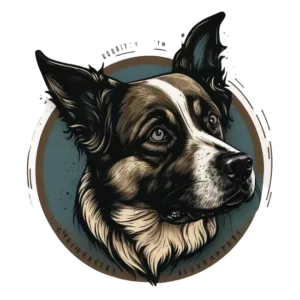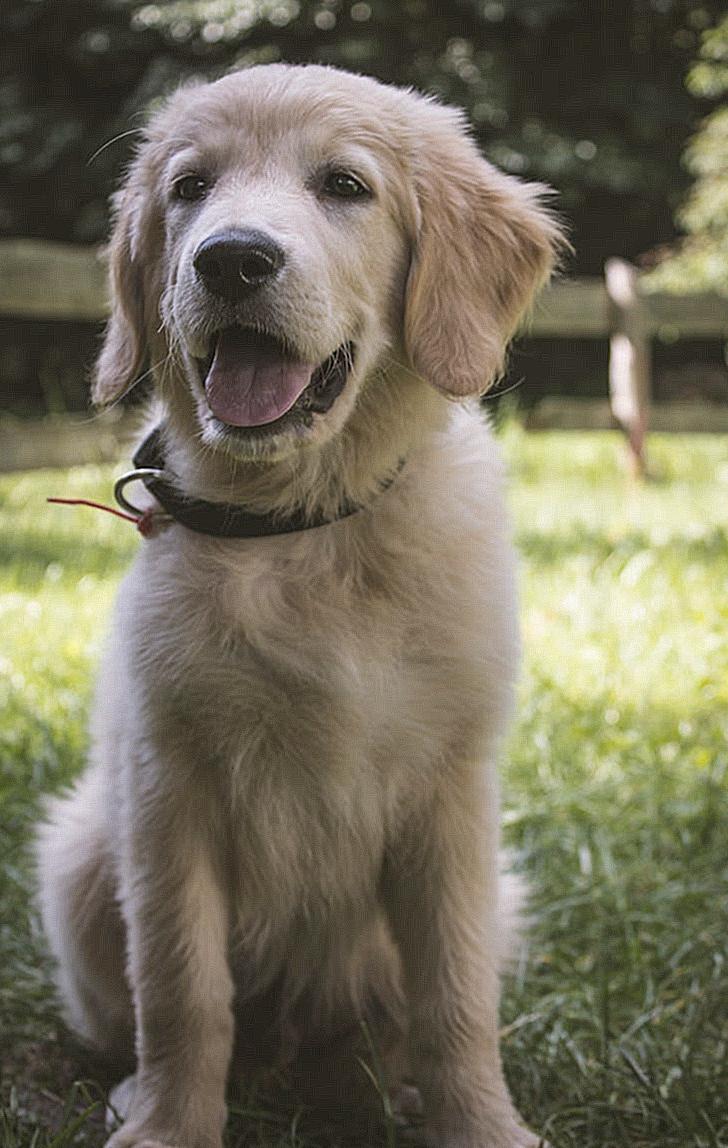
Raising a golden retriever puppy can be an exciting and rewarding experience. But they do require regular attention and care. Through this blog post, learn exactly what to expect as your golden retriever puppy grows from week to week. This guide provides an overview of what to expect when caring for your pup during the first eight weeks! Learn how to introduce your pup to a routine, provide socialization with other dogs and people, offer tips for crate training and housebreaking, understand grooming and feeding habits, incorporate exercise guidelines, introduce clicker training techniques, and recognize common behavior problems. Make sure to give your pup plenty of love, attention, and care when following this week by week guide.
Overview of Caring for a Golden Retriever Puppy in 8 Weeks
For most golden retriever owners, welcoming an adorable pup into the home brings a lot of joy and excitement. In order to give the pup the best of care, though, it’s essential to establish proper routines and habits. This guide covers each week’s essential tasks so you can give your golden retriever the best possible start in life!
Week 1: Introducing Basics
The first week is all about introducing your pup to the home and family and establishing the right schedule. Begin by providing a healthy & balanced diet and regular potty-training. Make sure the pup is comfortable with their environment and has a safe place to sleep. At the same time, help socialize pup and start basic commands like sitting and staying.
Week 2: Socialization
The second week is focused on socialization. Take your pup to different places—such as neighbors’ and friends’ houses, veterinary clinics, dog parks and pet stores—so they can get used to being around people and other animals. Start challenging your pup by introducing them to commands at different social environments.
Week 3: Exercise and Toys
At this stage, the pup should become more comfortable with the house and family and adapt to the daily routine. Establish an exercise routine by taking your pup for regular walks and providing chew toys to help redirect untoward chewing behaviors. Feed your pup healthy treats to reward them for obeying commands and achieving milestones.
Week 4: Training and Chewing
As your pup gets used to the new surroundings, start teaching basic commands. To there assert boundaries and encourage appropriate chewing behaviors, make use of rewards and verbal praise. Provide several chew toys and instruct your pup to not chew on things outside their designated chewing routine.
Week 5: Travels and Visits
Start introducing pup to short car rides. Use these trips to the vet’s or family outings to get pup used to travel. Begin training your pup to stay calm during the car ride and to remain quiet in new surroundings.
Week 6: Napping
Provide your pup with a safe and comfortable napping spot. This can be a soft bed or favorite napping spot in the family room. Assemble a relaxation routine before each nap and ensure everyone in the family is aware that the pup needs his regular napping time.
Week 7: Health Routine
Maintaining your pup’s health is paramount. Schedule regular vet visits, keep their vaccinations up-to-date, feed them a balanced diet, and practice good dental hygiene. Some pups develop food sensitivities, so look out for signs and introduce new foods gradually.
Week 8: Adapting
By the eighth week, your pup should become accustomed to the home, family and routine. Ensure pup continues to receive training and socialization in various environments and provide plenty of new experiences. With a healthy routine, plenty of exercise and love, your pup will soon be ready to face any new challenges with confidence!
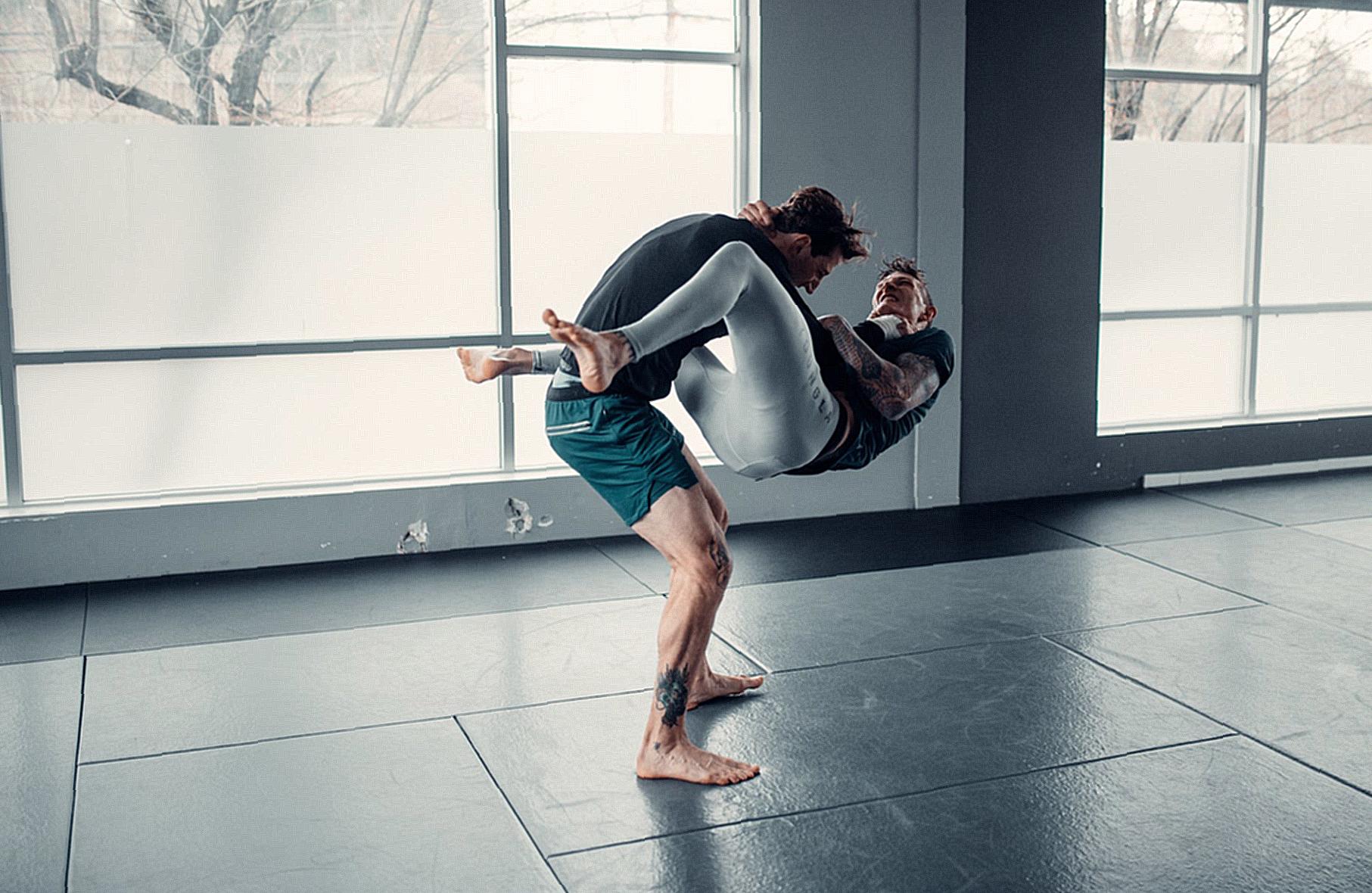
Week 1: Bringing Home Your New Golden Retriever Pup
Much like bringing home a new baby, bringing home a puppy for the first time brings many joys and challenges. Taking the right steps to introduce a puppy to a new home will make the transition much easier for you and your puppy. When selecting your golden retriever pup, look for a breeder who will show you all the paperwork and tell you in detail, the pup’s history, health and temperament. It will be an adorable moment, when you bring your pup home, and it’s important to be prepared.
Gather Supplies
Before bringing your pup home, make sure to prepare the essentials. This can include a bed for your pup, toys, food and water bowls, a crate with a comfortable mat, and a leash and collar. Having all the essential supplies ready will help ease your puppy into their new home and make their transition smoother.
Introducing Your Pup To Her Surroundings
Once your pup arrives at home, hold off on over-stimulation. Let your puppy sniff and explore her new surroundings gradually. Introduce your pup to other members of the household, as well as any other animals. Use treats to create a positive association with all new family members.
Establish A Feeding Schedule
Establish a feeding schedule for your pup at her new home. Generally, puppies eat three to four times a day. Include a healthy, balanced diet for your pup, as well as routine meal times. Pups should have access to fresh water throughout the day, and don’t forget to include treats as part of her daily diet.
Create A ‘Potty’ Area
Outdoor training of your pup is important for good hygiene, and for teaching your pup to follow commands. Create a designated potty-area outside, such as a corner of the garden. Make sure to reward her with treats when successful.
Welcome Your Pup Confidently
It is important to appear confident and calm when introducing your pup to the home and family. This will help establish rules and routines, which gives the pup a sense of security and understanding.
Spending Quality Time Interacting
Establish a routine of quality time daily. Playtime is important for physical exercise and mental stimulation. This helps build a strong bond with your pup. Have fun playing with toys, and even teaching your pup skills or some basic commands.
Leash Training And Obedience
Once your pup is accustomed to their surroundings, start leash training and reward-based obedience training. This allows your pup to feel more confident, and navigate the outside world better. Be consistent and patient. Reward good behaviors and be firm but remember not to raise your voice.
Establish A Routine
Having the same meal and walk times for your pup, will help her feel more secure as she starts to recognize and adjust to the schedule. Nap times are also important for puppies. Make sure your pup gets lots of rest and Quiet Time, for more effective and happier days.
Scheduling Vet & Grooming Appointments
Scheduling regular vet appointments is essential for the well-being of your pup. Regular trips to the vet help keep your pup healthy, and the vet can also answer any questions you may have. Grooming appointments are necessary, too, as they help keep your pup’s coat looking and feeling its best.
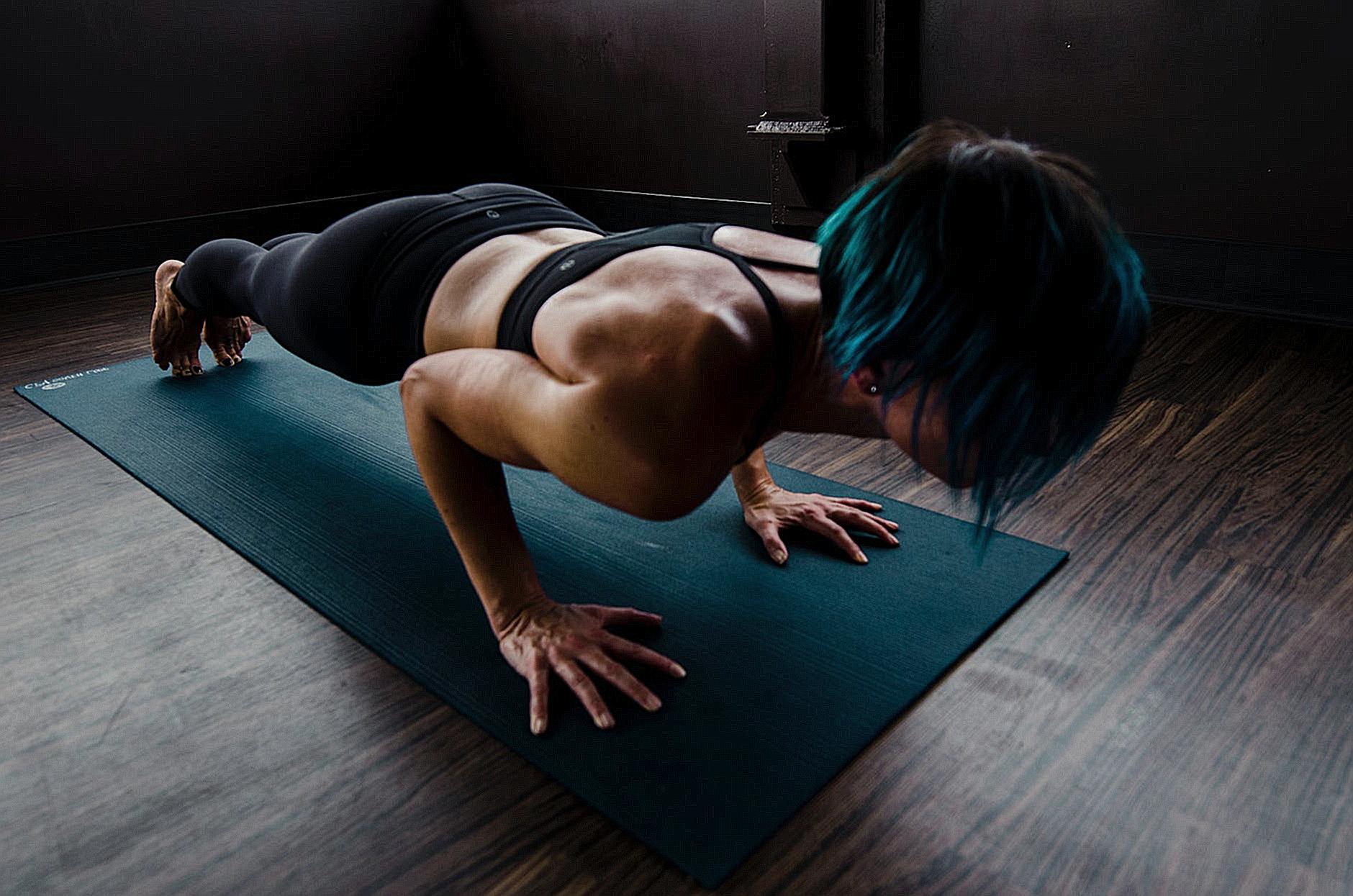
Week 2: Creating Routine & Introducing Basic Commands
Week two with your golden retriever puppy is a great opportunity to start introducing structure and routine. They enjoy structure and routine more than most breeds as, when adequately provided with it, they become confident and at ease.
Start by setting boundaries so that your pup knows where, when and for how long he/she is allowed to explore and play. After the first couple of days of getting to know each other and allowing your pup to get accustomed to his/her surroundings, it’s time to start introducing basic commands such as ‘sit’, ‘down’, ‘stay’ and ‘come’.
It’s important to stick to simple commands and use them frequently. This will help your pup to internalize them and eventually understand them without much effort from your part. With patience and consistency, you will start noticing a difference in your pup’s behavior.
Teach House Rules
Introducing house rules, is an essential part of raising a pup and it’s easier to do it during the first couple of weeks when the pup is young and eager to learn. Start by teaching commands such as ‘no biting’ and ‘no jumping’. Be patient, consistent and use positive reinforcement as a consequence every time your pup follows the rules. Always reward with tasty treats and in no time your pup will understand what he/she is not allowed to do.
Set Time Aside to Socialize
Socialization is just as important for your golden retriever pup’s mental health as it is for physical health. Set enough time to play and indulge in positive activities with your pup which will keep both their body and mind fit and focused.
Knowledge Sharing
During the second week with your pup, it’s also important to start teaching basic concepts such as potty training and crate training, and introducing the way in which vocal commands should be given. Don’t be too strict about it, as it’s going to require time for your puppy to understand and internalize the commands. Always have patience and when needed reinforce any progress your pup makes.
Examples
To help readers better understand how to use vocal commands to teach their pup, here are some examples of what to do and what not to do.
When teaching commands, be sure to :
- Speak in clear phrases
- Use short words
- Speak in a firm yet friendly manner
- Utilize positive reinforcement
- Ensure your pup is paying attention before you give the command
Furthermore, it helps to include stories from people who have used vocal commands to teach their pup. Seeing examples of success stories can motivate others to try this approach with their own pup and follow through with it until its success.
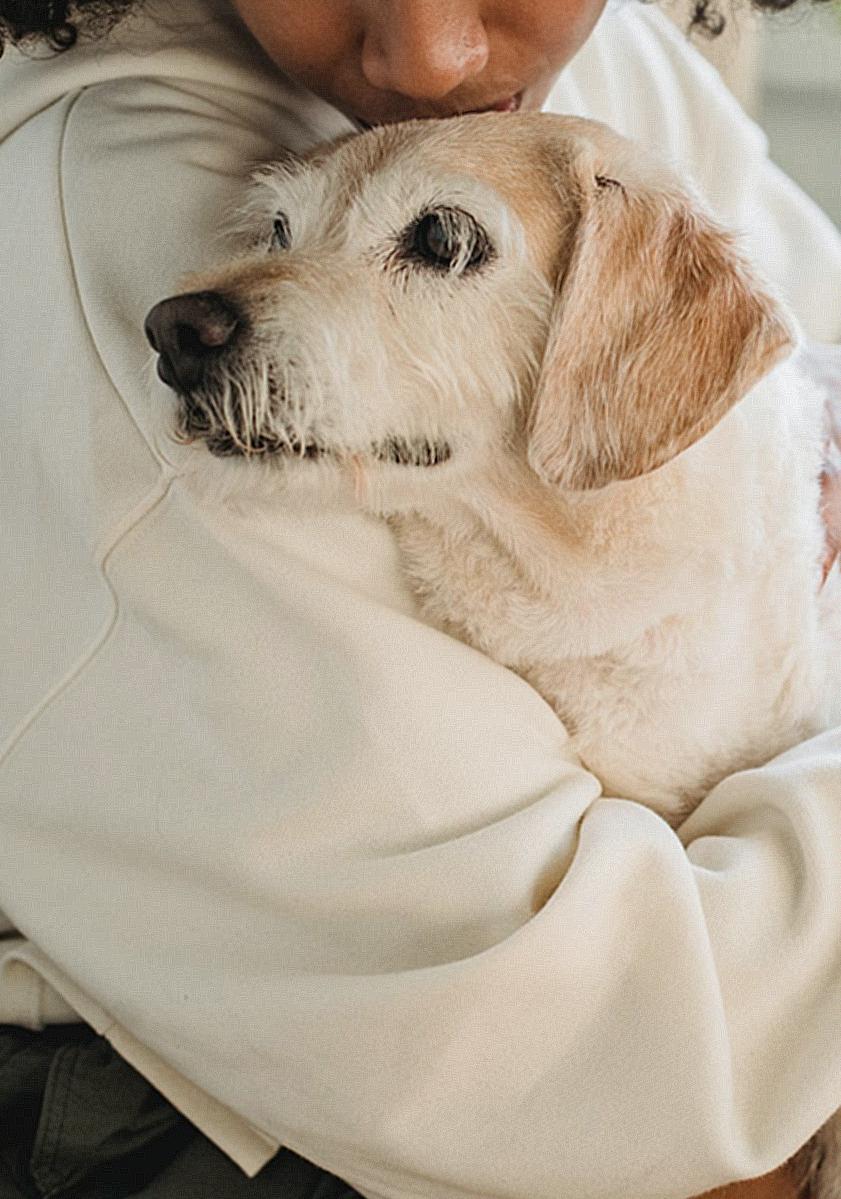
Week 3: Socializing With Other Dogs & People
At week three, it’s time to start socializing your new golden retriever puppy with other pups, people and places. It’s important to gradually introduce all these aspects of the outside world to your pup so they can become comfortable and happy around new sights, smells and people.
Here are some tips to help socialize your three week old golden retriever:
Take Your Puppy on Socializing Walks
Allow your puppy to interact with other people and dogs by taking him on socializing walks around town. Meeting new people, smells and sounds is a huge part of socializing your pup, so make sure to take your time and go slow. Always do so in a safe, controlled environment to help minimize any potential stress.
Reward Good Motor Skills
Give your puppy treats when he interacts well and avoid punishing him when he doesn’t. A negative experience can be hard to undo and will create anxiety. Praising your puppy constantly, with a gentle voice and physical touch, will make them feel comforted and more willing to try new things.
Visit the Dog Park
Take your puppy to an off-leash dog park to let him interact with other dogs in a safe and monitored environment. Doing so will allow him to test out his own motor skills and social skills, as well as learn about the world around him.
Ask Friends & Family to Visit
Ask family and friends to come over and meet your puppy to get some extra socializing time. Make sure your pup is exposed to a variety of people, including children, so they can become comfortable in any situation.
Let your Puppy Interact in Public Places
Take your puppy to pet-friendly public places, like stores and cafes, with you so he can get used to being around unfamiliar people. This is key in helping teach him good manners and proper interaction with others when in public.
Practice Obedience
Practice basic obedience commands, like sit, stay and come. This will help him to be prepared for more complex social situations later. Being able to obey simple commands makes interacting with others and new environments easier for both you and your puppy.
Teach Your Puppy to Be Calm
Teach your puppy to not jump on people or greet them aggressively by rewarding when he maintains behaviors that are calm and polite. Doing this will help your pup learn the importance of not overwhelming people with their energy and excitement.
By following these steps, you will be able to ensure your golden retriever puppy is properly socialized with the world around them. Keep in mind, it is important to always be aware of your pup’s reaction to new situations, people, and animals. This will help you gauge how much is too much and when it is time to take a break.

Week 4: Crate Training & Housebreaking Tips
Housebreaking or potty training is an important part of a puppy’s developmental journey. Crate training is often an effective way to help housebreak puppies, while also helping to keep them safe when they cannot be supervised. At the four-week mark, it’s time to get serious about establishing a house-training routine and introducing the basics of crate training.
Create a House-Training Routine
To begin, it is important to have a consistent house-training routine. Choose an easily accessible bathroom spot that is familiar to the pup. Stick with the same spot, and encourage your pup to go to the bathroom here whenever it is taken out for a potty session. It is also important to ensure that house-training efforts are consistent throughout the day so that the pup knows that this is a routine he or she should follow.
Positive Reinforcement
Positive reinforcement is an essential part of crate training and housebreaking puppies. Whenever puppies do the right thing, reward them with verbal praise, treats, or toys. This way, they will learn what sort of behavior is expected from them and will be motivated to behave as you want them to. Keep in mind that positive reinforcement is not just about dog treats. Praise and affection are just as important, if not more so.
Advantages & Disadvantages of Crate & House Training
Crate training is a convenient way of housebreaking puppies and eliminating any mess. It is also useful for keeping a pup safe when left alone, preventing her from getting into trouble. Some puppies may take to crate training more quickly than others, however. It can also be tricky to get the timing right with crate training; puppies need to be taken out often enough that they don’t end up having an accident or getting stressed.
House training, on the other hand, can be time consuming and requires commitment from the owner, but it is often more effective at teaching the pup self-control. It also allows for a more intimate way of learning about the pup and his environment, making it better suited for some families.
Case Study
Take for example Sarah, a mother of two from Denver. She successfully crate trained her 11-week-old Golden Retriever puppy in just two weeks, with patience and consistency. Through positive reinforcement, her puppy quickly learned to go to its designated toilet area for potty trips and to recognize that its crate was meant for relaxation.
Sarah says that the key to success was rewarding her puppy immediately after it eliminated in its designated bathroom spot and complimenting him when he entered his crate. With dedication, consistency and a lot of positive reinforcement, Sarah’s puppy quickly learned the basics of crate training and housebreaking.
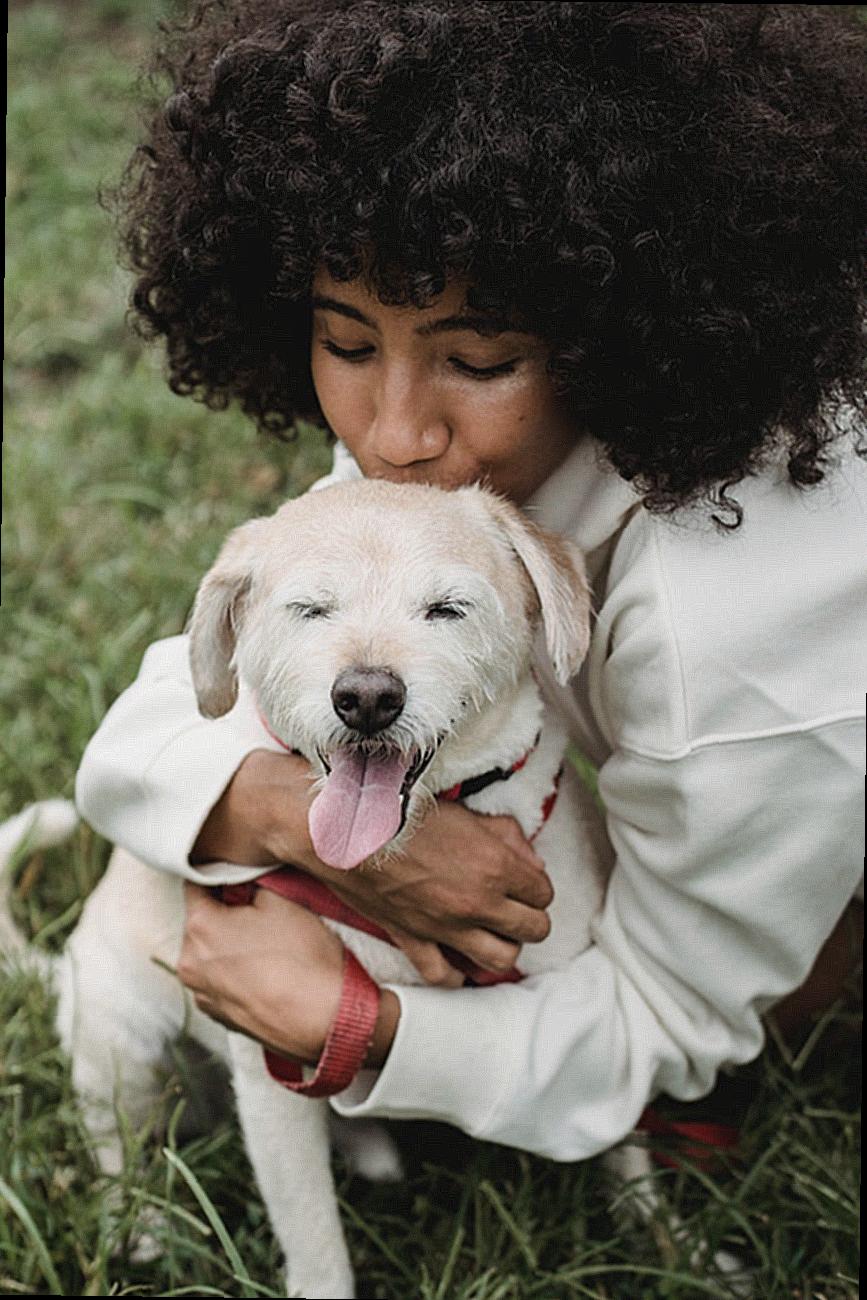
Week 5: Feeding & Grooming Habits for Your Pup
Week 5 of your puppy’s life is an important time to start establishing healthy habits in order to help your pup grow into a happy and well-adjusted adult canine. Here are some helpful tips for feeding and grooming.
Feeding
Begin feeding your puppy one meal a day using a high-quality kibble specifically formulated for puppies. Start with a half-cup measure and adjust according to your pup’s activity level, taking into account age and breed. Follow the supplement recommendation on the food packaging. When introducing dry kibble to your pup’s diet, moisten it slightly with warm water to make it easier to digest.
Grooming
Begin grooming your pup with weekly brushing to help remove knots and get them used to the sensation. Use a flea comb if your pup is shedding to keep the coat neat and clean. Offer treats during the brushing to create a positive association and encourage your pup’s cooperation. Demonstrate how to properly brush your pup’s teeth and coat and reward them with small pieces of kibble when they do things right. You should trim your pup’s nails monthly or as needed using a guillotine clipper.
Bathing
Give your pup a bath every four weeks, using a natural, tearless shampoo specifically designed for puppies. Make sure the bathing area is secure and safe for your pup. Begin by wetting their coat before applying the shampoo. Massage it into their skin thoroughly, then rinse their coat with warm water until the suds are gone. Wrap a towel around your pup and rub dry, then use a blow dryer (on the low setting and keep the dryer at least 12” away from your pup). Give them a treat or plenty of praise during the bathing process to create a positive association.
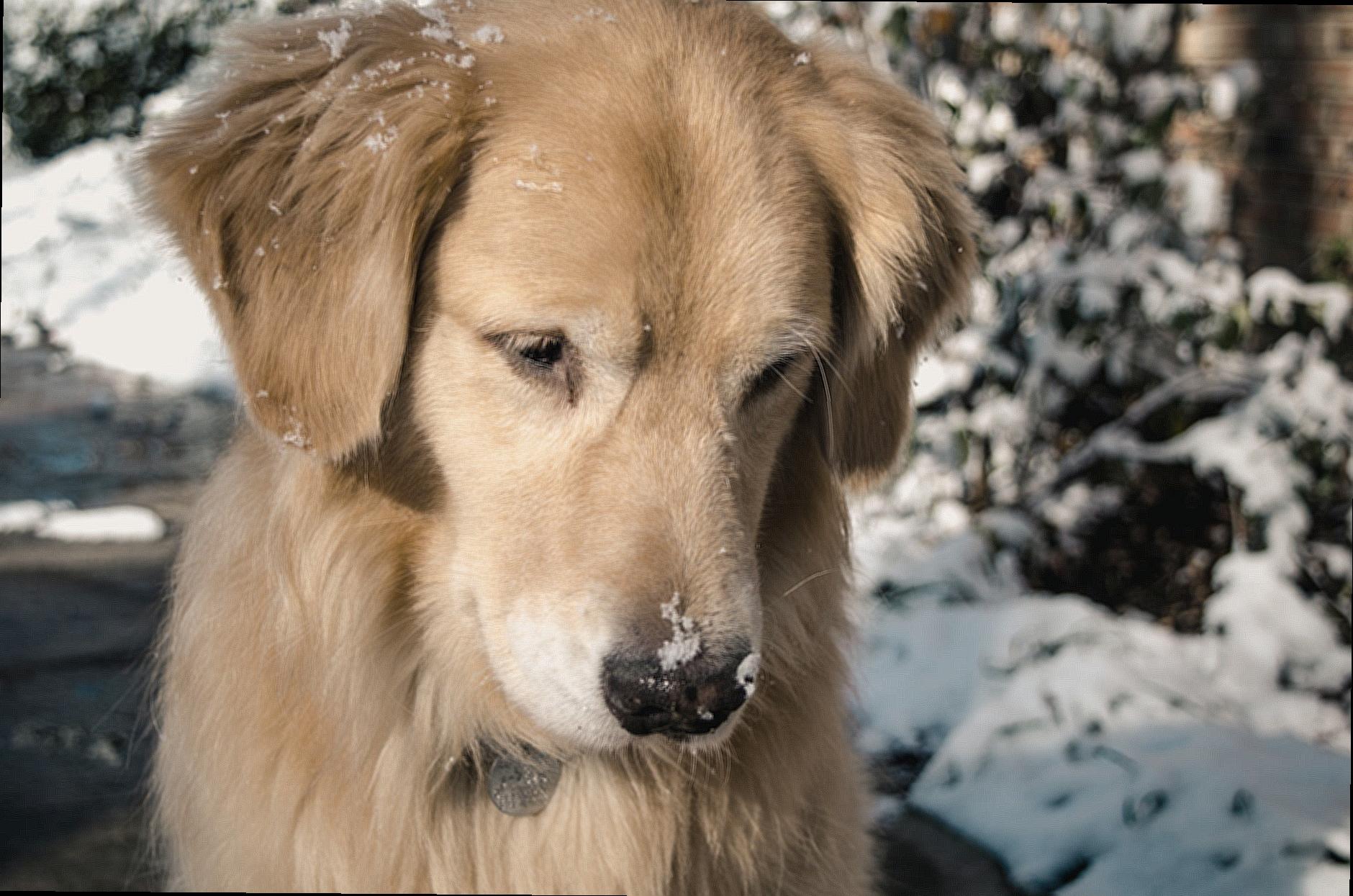
Week 6: Exercise Guidelines for Golden Retriever Puppies
At six weeks old, Golden Retriever puppies require at least one hour per day of exercise and play. Exercise helps to ensure they stay active and healthy while building healthy habits that they can carry with them into adulthood. Depending on their age, puppies can safely and easily exercise in the home, yard, and nearby parks and trails.
Exercise for 6-Week-Old Puppies
Puppies six weeks old should be taken on short, frequent walks around the yard or a nearby park. During the walk, the puppy can take breaks, so there’s no hurry to make it back home. For the best exercise experience, the puppy’s leash should be short, so that the puppy can stay in arm’s reach.
Other activities, such as games of fetch, running around in the yard, or obstacle courses can help to provide the pup with physical and mental stimulation. It is important when exercising puppies, to avoid any rough play, as this can cause unnecessary stress and cause them to become aggressive.
Considerations When Exercising Puppies
When exercising puppies, it is important to consider the weather conditions, their physical condition, and their age. Puppies should not be exposed to extreme weather conditions, such as hot humid climates, very cold climates, or storms. Doing so puts them at risk of injury and even death, due to their young age and inability to regulate their temperature.
When exercising puppies, owners should also be aware of the signs of exhaustion. Puppies usually don’t know when they have had enough and will sometimes continue to play until they become physically exhausted. To prevent this from happening, owners should keep a close eye on the puppy’s behavior during play and rest when necessary. Also, when introducing new activities, such as freeing or swimming, owners should gradually introduce them through short, frequent sessions.
Tips for Exercising Your Golden Retriever Puppy
When exercising your Golden Retriever puppy, there are a few steps you can take to ensure that they have a positive and safe experience:
- Keep a close eye on the puppy while they’re outside and make sure to monitor their surroundings and other dogs that may be in the area
- Avoid exercising during hot weather, as puppies are unable to regulate their temperature and can become dehydrated
- Bring plenty of water for the puppy so that they stay hydrated during the exercise session
- Introduce new activities gradually and adjust the intensity of the exercise based on the puppy’s age.
Following these tips can help to ensure that your Golden Retriever puppy is healthy and safe while exercising. Many other owners have had successful and safe exercise experiences with their puppies, and by following the above guidelines, you can have one too.
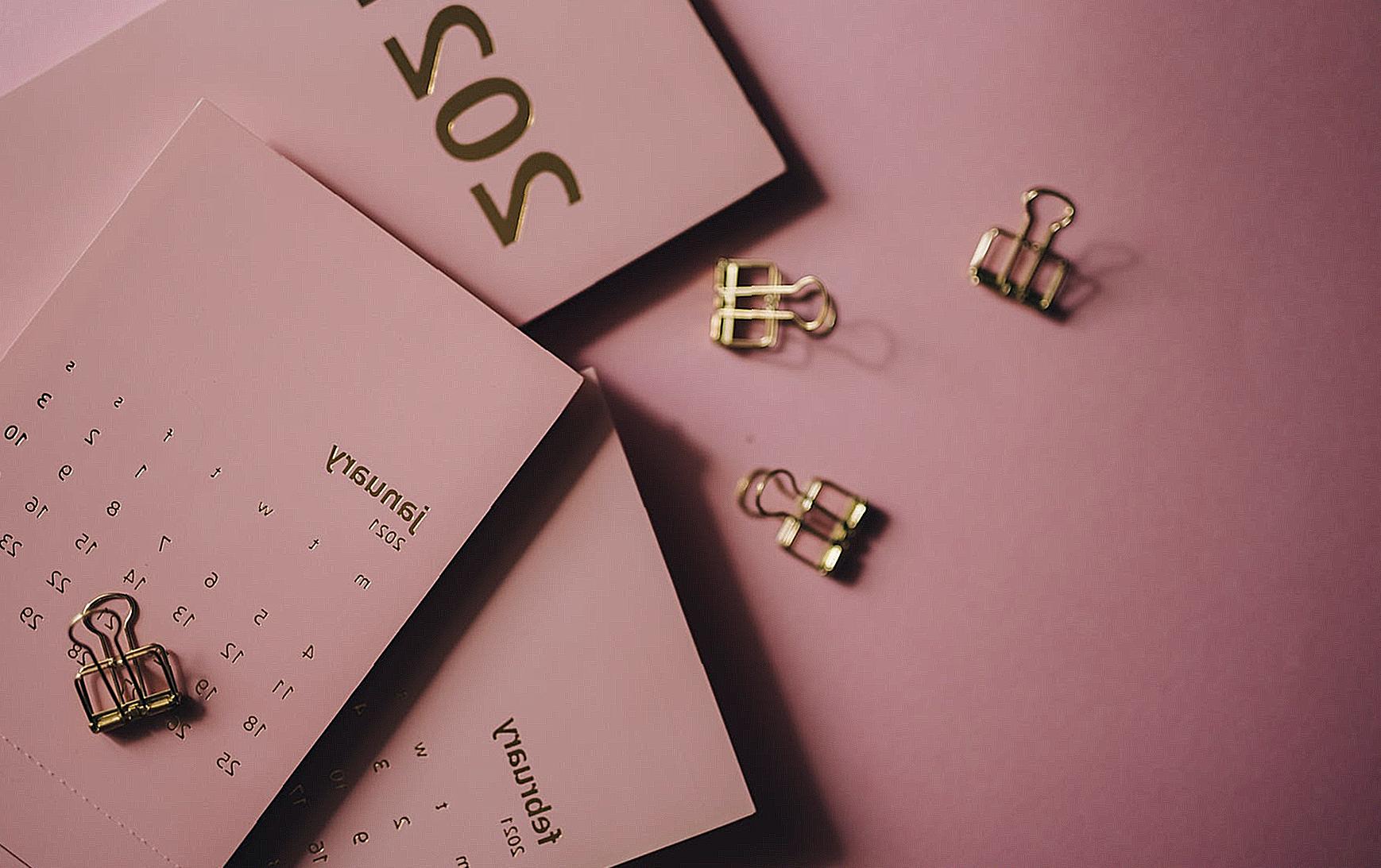
Week 7: Introducing Clicker Training Techniques
Dog training is a very important part of raising a puppy, and training with a clicker is one of the most effective methods used today. Clicker training uses positive reinforcement to teach animals behavioral cues and specific commands. It is a great way to train puppies like Golden Retrievers, and starting it in week seven is a great idea.
What is Clicker Training?
Clicker training uses a clicker, or a small handheld device with a button, to identify and reward desired behavior. The clicker signals and reinforces desired behavior with a positive tone, making it easy for your puppy to distinguish between desired behavior and undesired behavior. Clicker training is based on operant conditioning, which is a type of learning in which the animal is taught to associate particular behaviors with a certain stimulus.
Different Clicker Training Techniques
There are many different clicker training techniques that can be used to teach your Golden Retriever puppy a variety of skills. One of the most popular techniques is the shaping method, which rewards incremental steps towards the goal behavior. Other methods include targeting, luring and capturing, which involve teaching the puppy to perform a behavior by making it easier for them to do so.
The benefits of clicker training are numerous. Clicker training is effective, humane and fast. It encourages positive behaviors while reducing unwanted behavior. It is also enjoyable for both the trainer and the pupil.
How to Start Clicker Training
Before introducing clicker training to your puppy, you will need to find a quiet place free from distractions. Begin by teaching your puppy to associate the clicker with a reward. You can do this by clicking the clicker each time you give your puppy a treat. Once your puppy has learned to associate the clicker with a reward, start slowly introducing commands and behaviors. With each command, click the clicker and give a reward each time your puppy does what you ask.
Examples of Clicker Training Success
Clicker training has been used with tremendous success to train a variety of animals, including Golden Retrievers. For example, one method used to train Golden Retrievers involves teaching them to hold a down position while the trainer is away. This allows the puppy to stay in a quiet and relaxed state while the trainer is gone, reducing anxiety. Once the behavior is learned, the puppy will stay in the down position even when the trainer is present.
The importance of Positive Reinforcement
Positive reinforcement is a key part of successful clicker training. It is important to reward your pup when they show desired behaviors in order to reinforce them. It is also important to ensure that the rewards are age-appropriate treats such as tiny pieces of cheese or kibble. Avoid giving treats for unwanted behaviors, as this will confuse your pup and could lead to unwanted behaviors.
In summary, introducing clicker training to a Golden Retriever puppy in week seven is a great way to start teaching your puppy behavioral cues and positive reinforcement. Clicker training is an effective, humane and speedy way to teach your puppy, and rewards such as small pieces of cheese or kibble can help to reinforce desired behaviors. Positive reinforcement is essential for clicker training, and should always be used to reward desired behaviors and not undesired behaviors.
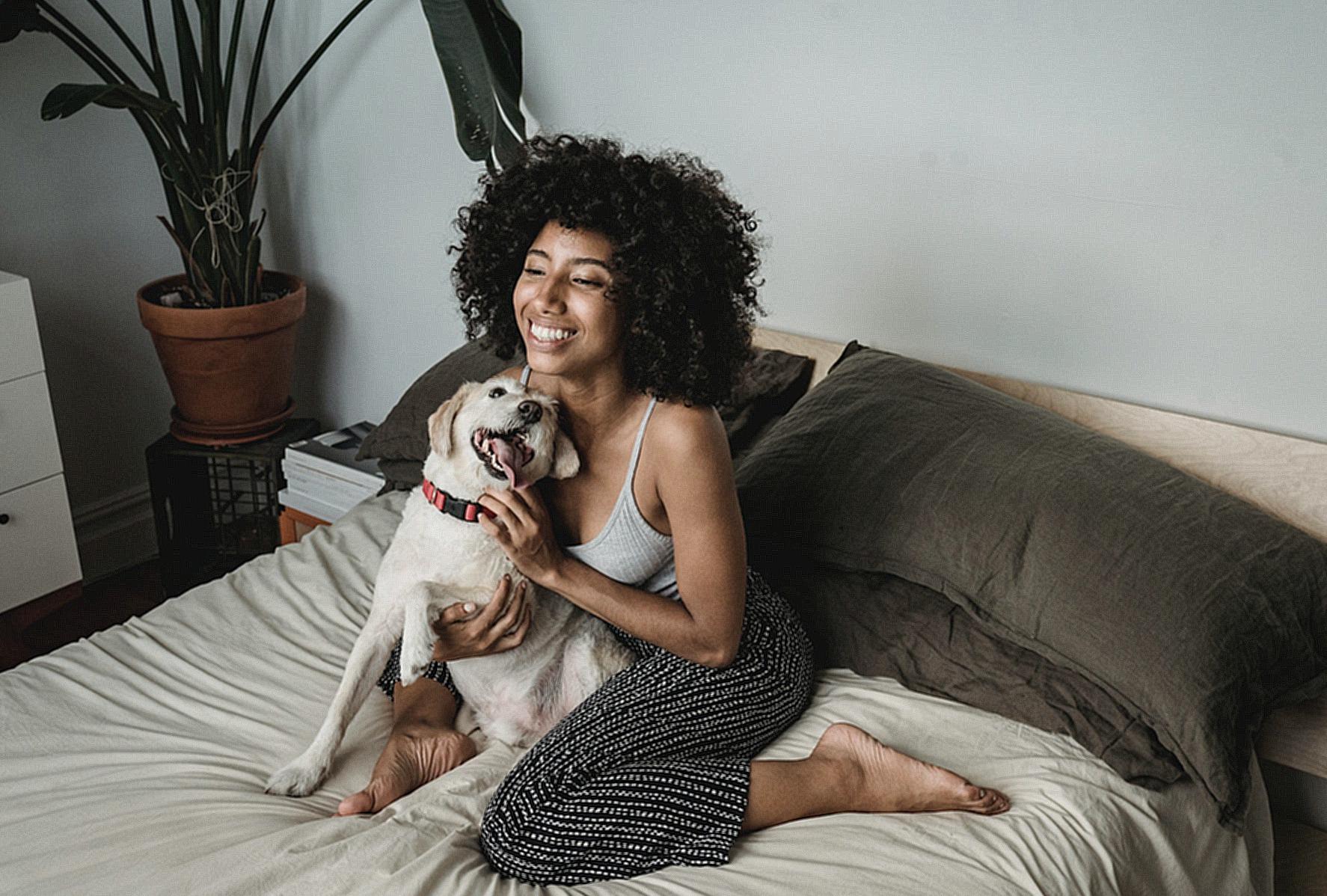
Week 8: Understanding Common Behavioral Problems
Owning a golden retriever puppy can be a joy, but it also brings some challenges. Understanding the common behavior problems of golden retrievers, and how to manage them, can make everyone involved in their care much happier.
Frustration-Induced Aggression
Golden retrievers are intelligent animals with strong personalities. This can be wonderful when they’re interacting with us, but it can lead to frustration if they’re repeatedly prevented from achieving an expectation. This unfulfillment can then lead to aggressive outbursts. To avoid this, ensure your pup has plenty of stimulating activities, such as walks and interactive toys. Whenever he acts aggressively, move away and try again when he’s calmer.
Chewing
The instinctive need to chew is common in puppies – it helps soothe the pain associated with teething and explore their environment. To prevent the destruction of your furniture and other household items, provide plenty of chew toys and redirect his attention when you catch him chewing something he shouldn’t. Additionally, praising your pup whenever he chooses the correct item to chew is an excellent method of reinforcing good behavior.
Digging
Digging is a natural behavior of most dogs, especially golden retrievers. Training him not to dig can seem like a difficult task at first, but providing alternative activities that make this behavior unnecessary can be helpful. Activities such as fetch and tug of war are fun and interactive, while discouraging destructive behavior.
Separation Anxiety
Separation anxiety can be a big issue, often caused by abrupt changes or lack of human companionship. This can lead to destructive behavior, such as chewing furniture or bedding, and escape attempts. To help reduce this issue, try providing a safe, comfortable environment inside your home and a few favorite items that will keep your pup company when you’re away.
Training
Establishing and sticking to consistent rules and routines is important for reducing the frequency and severity of your pup’s behavioral issues. Positive reinforcement is key here – food rewards, affection, and toys can all be used to reinforce behaviors you want to encourage. Teaching your pup the commands of sit, stay, come, and leave it is also essential. If you’re not sure how to teach him these commands, enlist the help of a knowledgeable dog trainer or fellow dog owner to make sure you’re doing it correctly.

Conclusion
Caring for a Golden Retriever puppy during the first 8 weeks of their life is a unique experience that requires patience and lots of love. As long as you understand their specific needs and make sure to meet them, raising a Golden Retriever puppy can be a rewarding endeavor. I hope the tips provided here have been useful and that you now know what actions to take to ensure your puppy’s health and happiness.
